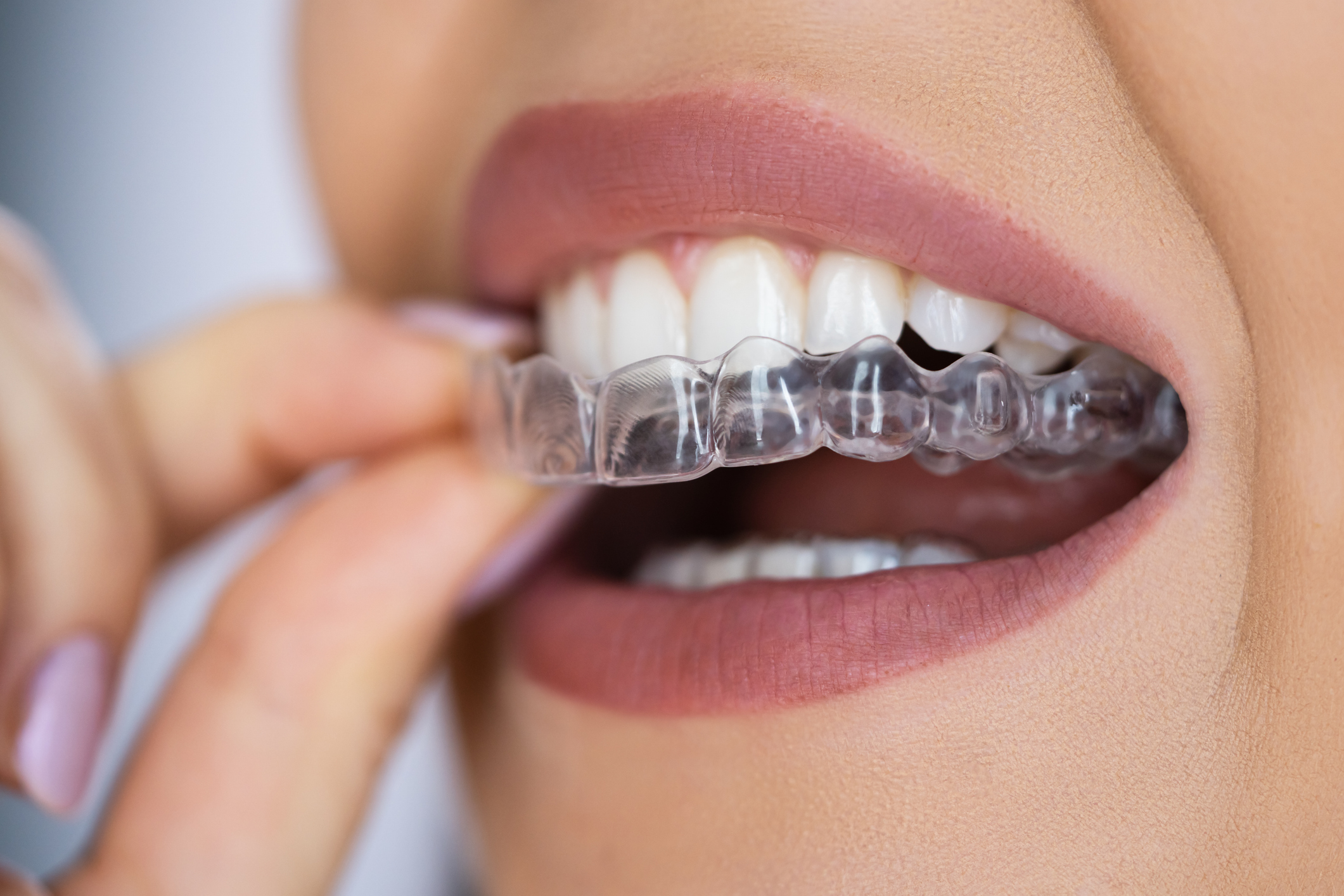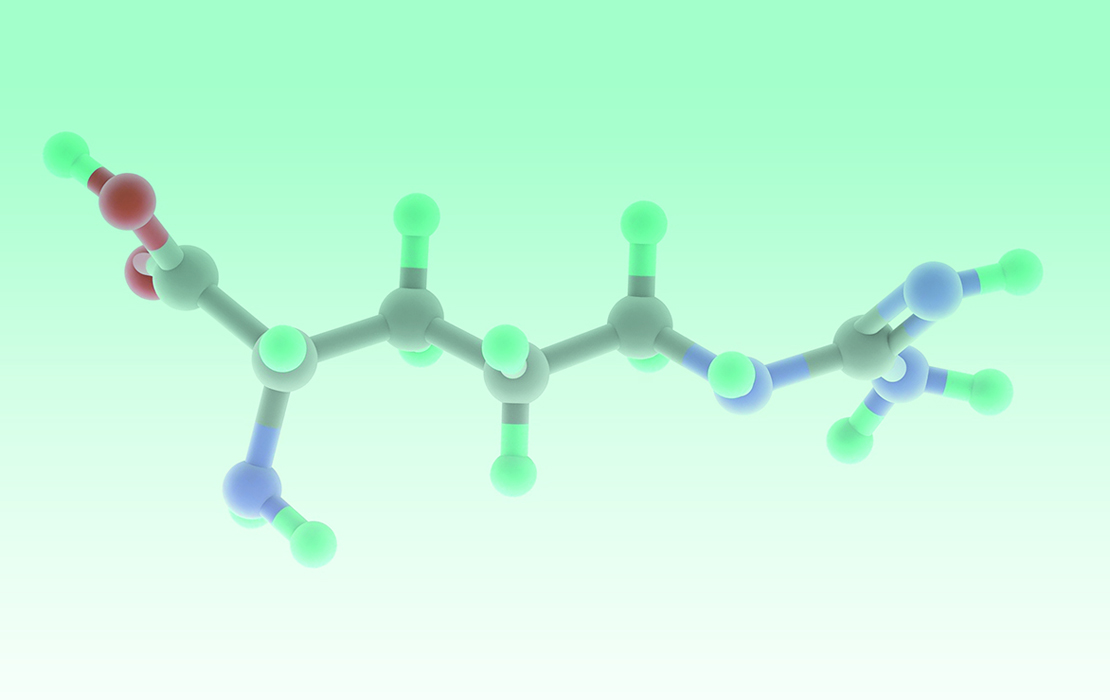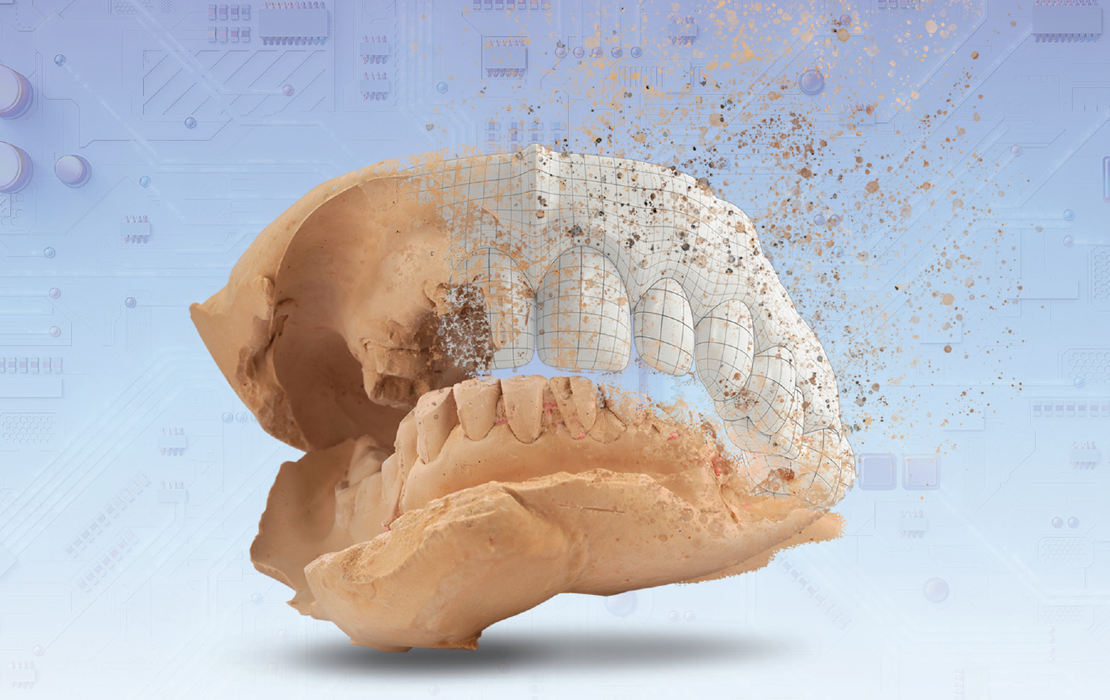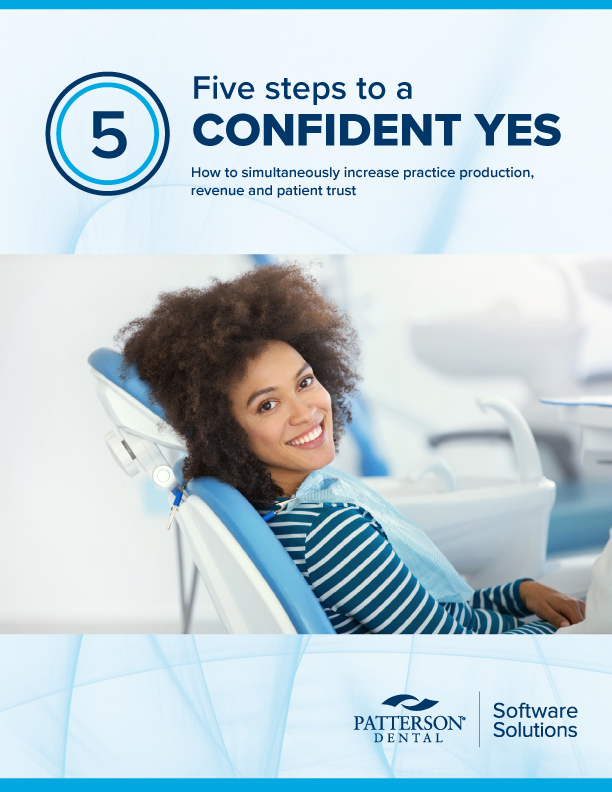ADA Forsyth Friday: How clear aligners shape mouth’s bacterial ecosystem


Editor's note: Researchers at ADA Forsyth are investigating how wearing clear aligners changes the bacterial environment in the mouth. Because aligners cover the teeth for most of the day, they limit the natural flow of saliva, which usually helps clean the mouth and control bacteria. By learning more about these bacterial changes, scientists hope to better understand how the mouth’s microbiome responds to aligner use—and how that might affect oral health.
Clear aligners are popular options for orthodontic patients, offering a convenient and comfortable way to align teeth compared to traditional metal braces. These custom-made plastic trays fit snugly over all teeth for most of each day, typically for one to two years.
Because aligners cover the teeth almost all the time, they significantly reduce the access of saliva to the tooth surface, diminishing its natural ability to rinse away microorganisms and protect against microbial pathogens.
A new ADA Forsyth study explores this unique microbial environment more closely, with exciting potential for clinical impact. A therapeutic strategy informed by a full understanding of how clear aligners shift the oral microbiome could revolutionize orthodontic patient care.
Tingxi Wu, D.D.S., Ph.D., an ADA Forsyth faculty member and practicing orthodontist, studies how wearing aligners may affect the balance of microbes in the mouth. Through a new National Institutes of Health (NIH) grant, she leads the effort to uncover how three specific bacteria species could be important for mechanistic understanding of gingival inflammation in the new microbial niche presented by clear aligners.
When Dr. Wu examined clinical data from clear aligner patients who had progressing gingivitis while they wore clear aligners, she noted an elevated presence of three types of oral bacteria – Saccharibacteria (also known as TM7), Fusobacterium nucleatum (F. nucleatum) and Schaalia odontolytica (S. odontolytica).
“These three species are abundant in gingivitis patients wearing clear aligners, which suggests they may work together to progress inflammation,” Dr. Wu said. “Can we figure out how exactly they work together? The answer could bring us new ideas about how to treat and prevent gum disease.”
Researchers know that Saccharibacteria attach to the surface of S. odontolytica, forming an episymbiotic relationship. These bound-together microbes are predicted to interact with F. nucleatum, a common type of bacteria known to contribute opportunistically to periodontitis.
Researchers at ADA Forsyth have previously drawn insight into Saccharibacteria’s potential as a limiting factor in periodontitis, but previous studies have not examined the bacterial group’s interaction with a third species in the mix.
The study can help scientists understand how changes in oral bacteria during clear aligner treatment affect gum health. The team of researchers seeks to learn enough about how the trio of bacteria species interact to develop a therapeutic strategy for protecting gum health with clear aligners.
“Once we have a better understanding of how certain bacteria on the surface of teeth interact with each other and contribute to disease, we can form an approach to mitigate their effects,” said Xuesong He, D.D.S., Ph.D., who collaborates with Dr. Wu on the project.



